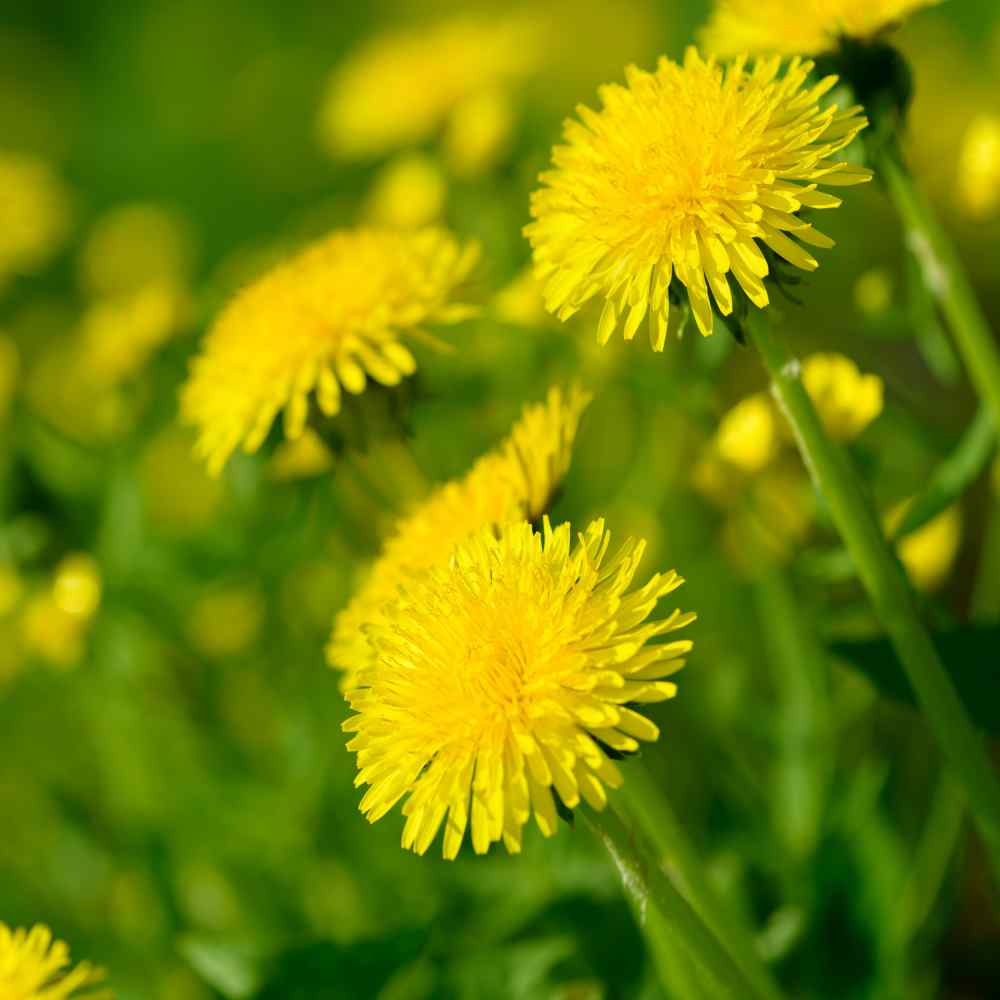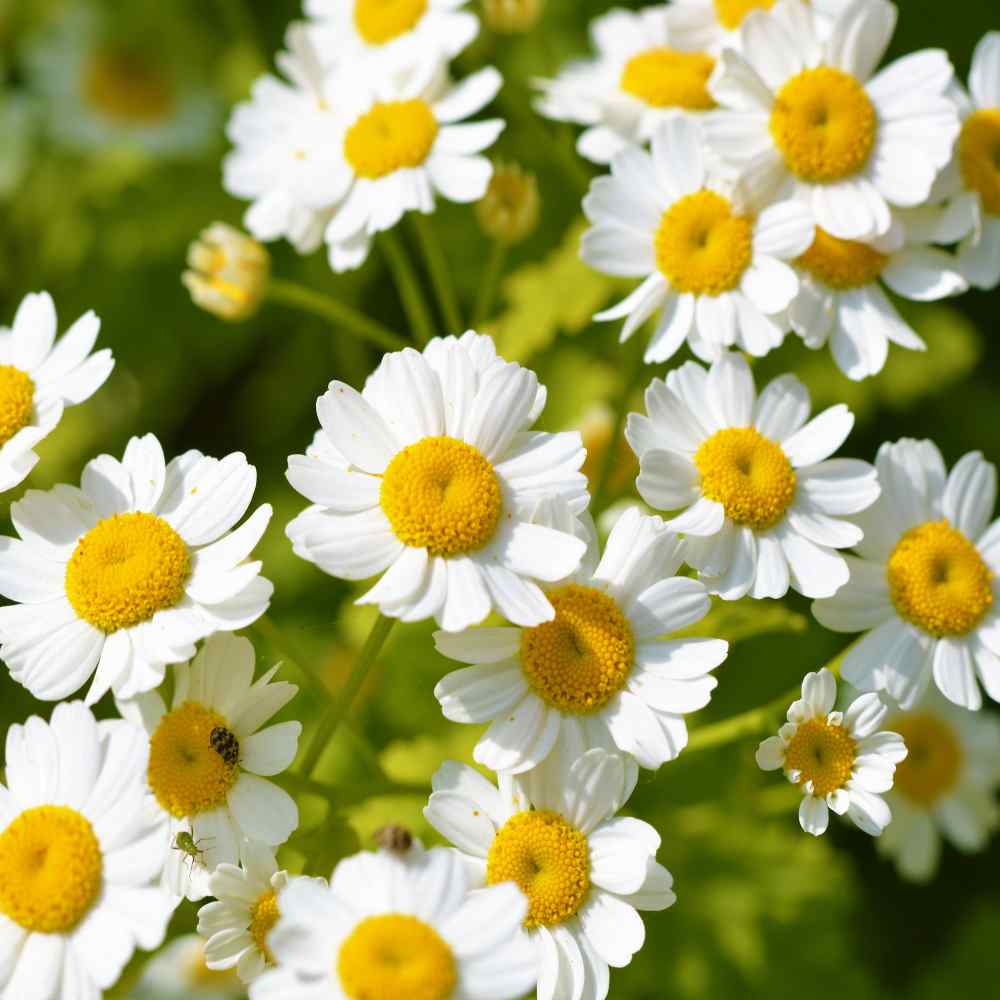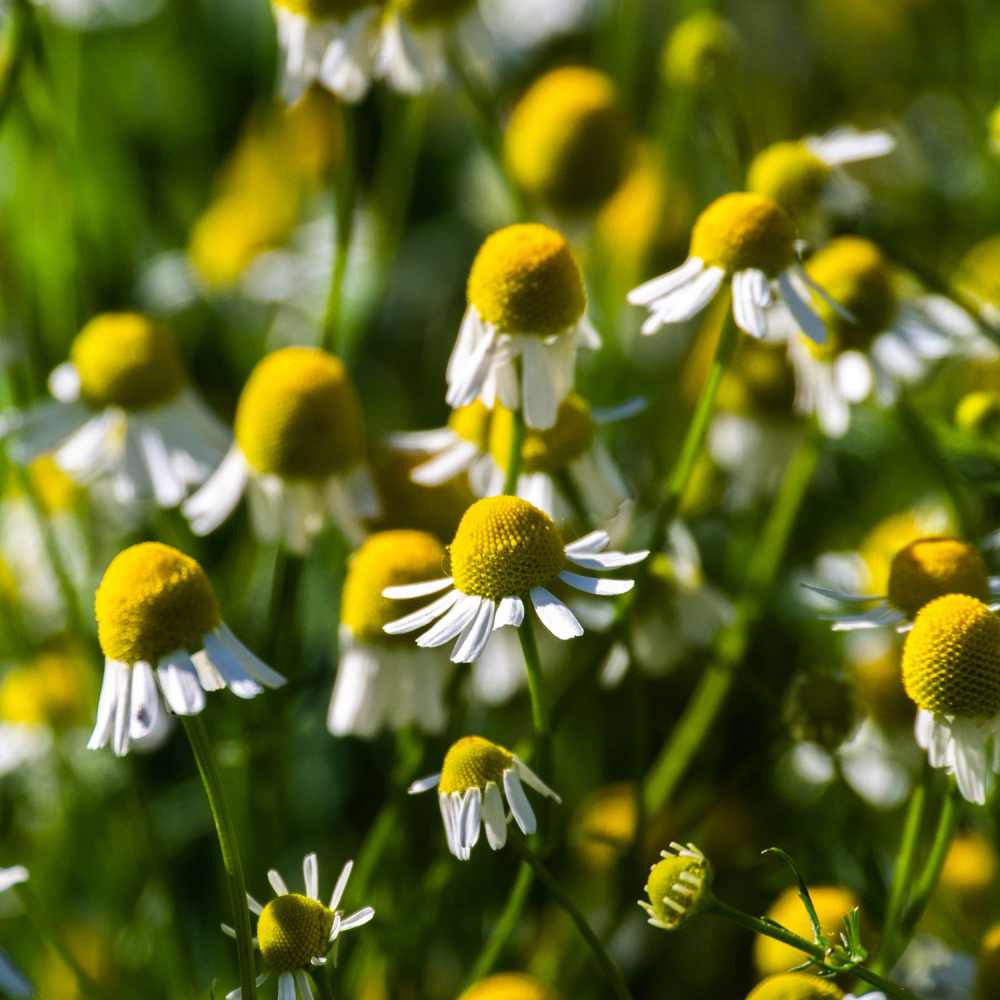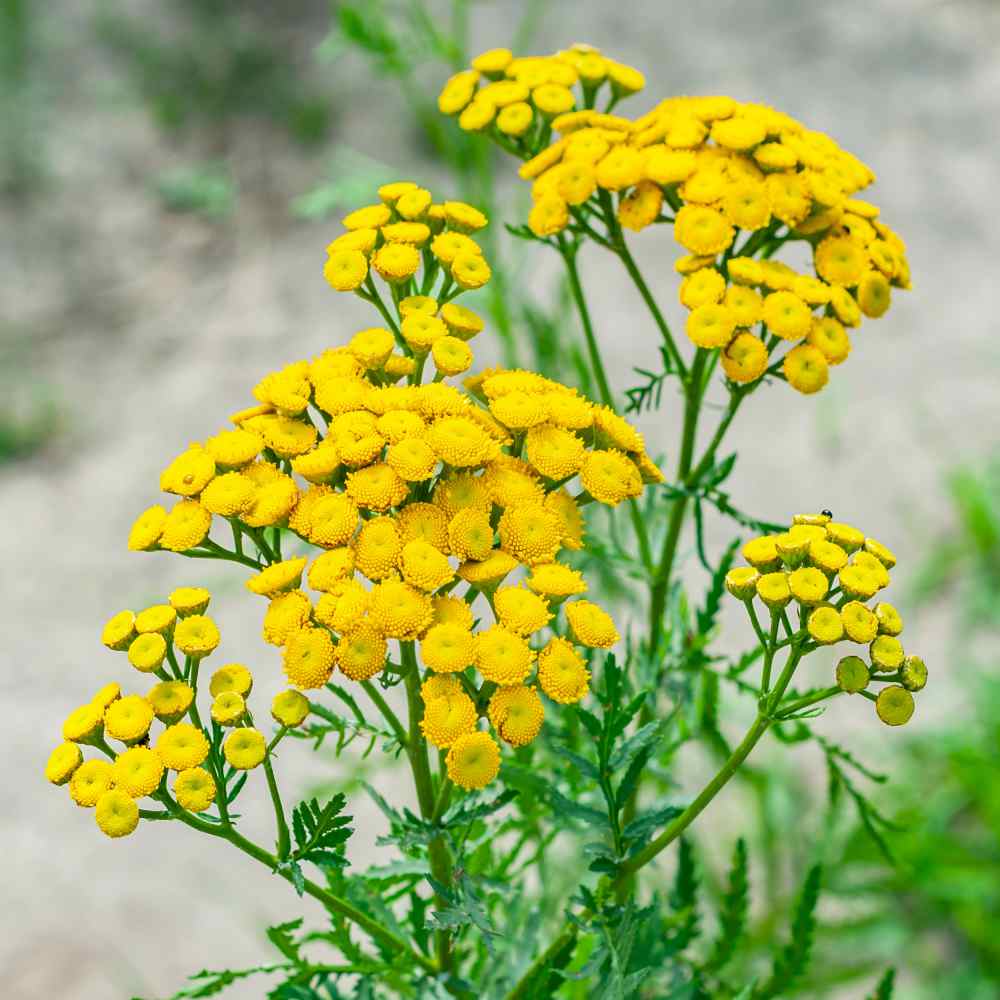
Dandelion Planting and Care Guide
Quick Facts About Dandelion
Though often considered a weed, Dandelion is in fact an herb that grows well in the xeriscape garden. Its famous yellow blooms are great at attracting pollinators, and all parts of the plant can be used to make an herbal tea.
Planting Time
Dandelion is easy to grow, and can be started directly outdoors anytime from spring to fall.

Planting Location
Dandelion can grow most anywhere, but will perform the best in an area of full sun in soil that is rich, moist, and deep.
How to Grow Dandelion
- If desired, cold stratifying these seeds by placing them in your fridge for a week can increase germination success.
- For direct sowing, first prepare a seedbed by removing weeds and breaking up soil.
- Sow one seeds in rows 12-18" apart at a rate of 1 seed per inch, and lightly press into soil without covering.
- Keep seeds moist until germination. Ideal germination temperature is 50-75F degrees. Under proper conditions, seeds should germinate in 1-3 weeks.
- Once seedlings have their first few true sets of leaves, thin to the strongest seedling every 6 inches.

Care And Maintenance
- Keep weeds under control during the growing season. Weeds compete with plants for water, space and nutrients, so control them by either cultivating often or use a mulch to prevent their seeds from germinating.
- Mulches play a vital role in preserving soil moisture and ensuring consistent soil temperatures. When it comes to annuals, using organic mulch made from shredded leaves not only enhances the appearance of the bed but also enriches the soil as it decomposes over time. Remember to keep mulch away from the plant stems to avoid potential rot issues.
- Dandelion has a deep taproot, and only requires minimal watering.
- Dandelions benefit from an application of balanced fertilizer during the growing season. You may see them growing wildly around your yard in poor soil, but that doesn't mean they don't appreciate fertilization!
- In order to prevent the aggressive spreading that Dandelions are known for, make sure to deadhead blooms before they go to seed.
- For fresh eating, the youngest leaves have the mildest flavor and are the least bitter. Older leaves can still be consumed, but need to be cooked first. At the end of the season, the deep roots can be pulled up and dried for use in teas.




































